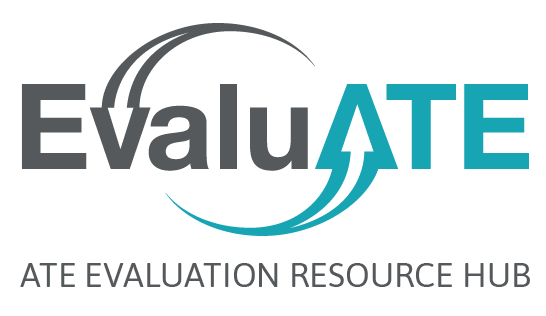
A common source of confusion among individuals who are learning about logic models is the difference between outputs, outcomes, and impacts. While most people generally understand that project activities are the things that a project does, the other terms may be less straightforward.
Outputs are the tangible products of project activities. I think of outputs as things whose existence can be observed directly, such as websites, videos, curricula, labs, tools, software, training materials, journal articles, and books. They tend to be the things that remain after a project ends or goes away.
Outcomes are the changes brought about through project activities and outputs/products. Outcomes may include changes in individual knowledge, skills, attitudes, awareness, or behaviors; organizational practices; and broader social/economic conditions. In her blog post “Outputs are for programs, outcomes are for people” (http://bit.ly/srob0314), Sheila Robinson offers this guidance: “OUTCOMES are changes in program participants or recipients (aka the target population). They can be identified by answering the question: How will program participants change as a result of their participation in the program?” This is a great way to check to see if your logic model elements are located in the right place. If the outcomes in your logic model include things that don’t sound like an appropriate answer to that question, then you may need to move things around.
The term impact is usually used to refer to outcomes that are especially large in scope or the ultimate outcomes a project is seeking to bring about. Sometimes the terms impacts and long-term outcomes are used interchangeably.
For example, one of EvaluATE’s main activities are webinars. Outputs of these webinars include resource materials, presentation slides, and recordings. Short-term outcomes for webinar participants are expected to include increased knowledge of evaluation. Mid-term outcomes include modifications or changes in their evaluation practice. Long-term outcomes are improved quality and utility of ATE project evaluations. The ultimate intended impact is for ATE projects to achieve better outcomes through strategic use of high-quality evaluations.
Keep in mind that not all logic models use these specific terms, and not everyone adheres to these particular definitions. That’s OK! The important thing to remember when developing a logic model is to understand what YOU mean in using these terms and to use and apply them consistently in your model and elsewhere. And regardless of how you define them, each column in your model should present new information, not a reiteration of something already communicated.

Except where noted, all content on this website is licensed under a Creative Commons Attribution-NonCommercial-ShareAlike 4.0 International License.


 EvaluATE is supported by the National Science Foundation under grant number 2332143. Any opinions, findings, and conclusions or recommendations expressed on this site are those of the authors and do not necessarily reflect the views of the National Science Foundation.
EvaluATE is supported by the National Science Foundation under grant number 2332143. Any opinions, findings, and conclusions or recommendations expressed on this site are those of the authors and do not necessarily reflect the views of the National Science Foundation.